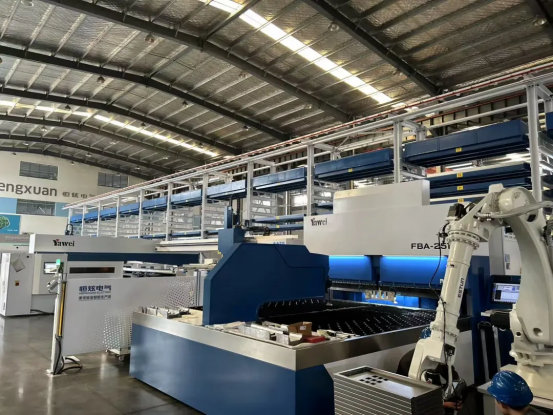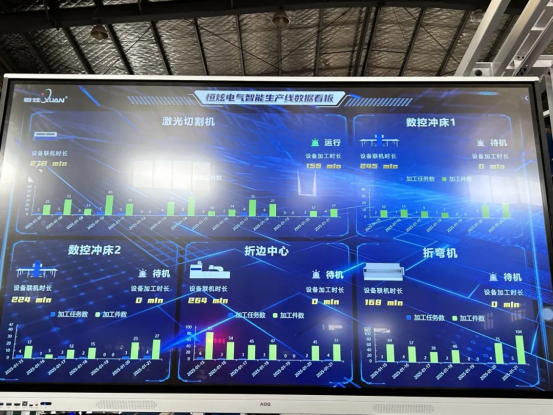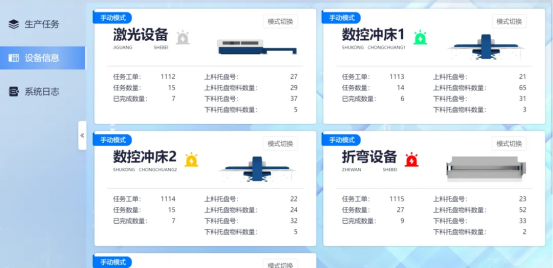Company news
当前位置:首页>>NEWS>>Company news
当前位置:首页>>NEWS>>Company news

Company news
Against the backdrop of manufacturing's shift toward intelligent and flexible upgrades, sheet metal automation has become a critical path to improving production efficiency and reducing costs. However, not all enterprises are suited for blindly investing in automation equipment. This article will analyze which customer groups are more likely to achieve breakthroughs in efficiency through sheet metal automation, examining factors such as industry characteristics, production demands, and technical capabilities.
1. High-Precision, High-Value-Added Industries: Automation Ensures Both Quality and Efficiency
Typical Industries: Automotive manufacturing, medical devices, precision electronics
These fields impose extremely high requirements on the precision, surface treatment, and consistency of sheet metal parts. For example, automotive body panels must meet millimeter-level tolerances, while medical device housings must pass sterilization and corrosion resistance tests. Traditional manual processing struggles to ensure long-term stability, whereas automated production lines—utilizing CNC equipment, robotic bending, laser cutting, and other technologies—can achieve 24-hour stable output with higher yields.
2. Large-Scale Standardized Production Scenarios: Economies of Scale Drive Cost Optimization
Typical Industry: Home appliance manufacturing
When order volumes exceed five times the daily capacity of a single machine, the payback period for an automated production line can be shortened to 1–2 years. For instance, home appliance manufacturers producing millions of sheet metal parts annually face inefficiencies and errors with manual loading and unloading. In contrast, automated stamping lines can reduce human intervention by 90% while increasing production capacity by 4–6 times.
3. High-Mix, Low-Volume Flexible Production Needs: Deep Integration of Automation and Digitalization
Typical Industries: Customized electrical cabinets, elevator door panels, new energy equipment
These customers frequently switch between product models, with traditional production lines requiring hours for mold changes. Flexible automation systems, however, enable rapid transitions through modular design.

How to Choose the Right Automation Solution?
Assess Production Scale: Small enterprises with annual output below 100,000 pieces can prioritize single-process automation equipment (e.g., automatic bending units). Medium-to-large enterprises with annual output exceeding 500,000 pieces should consider full-process automated production lines.
Evaluate Manufacturer Capabilities: Opt for manufacturers with digital management systems (e.g., MES, WMS) to ensure seamless integration between equipment and IT systems.


Conclusion: Automation Is Not a "Cure-All" but a Strategic Choice
The core value of sheet metal automation lies in leveraging technology to address efficiency bottlenecks, quality fluctuations, and cost pressures in traditional production. For standardized industries like automotive and home appliances, automation is a necessity for cost reduction and efficiency gains. For niche sectors with high customization demands, flexible automation becomes a competitive edge in capturing market share. Enterprises must align automation strategies with their positioning to achieve sustainable growth in the wave of intelligent transformation.